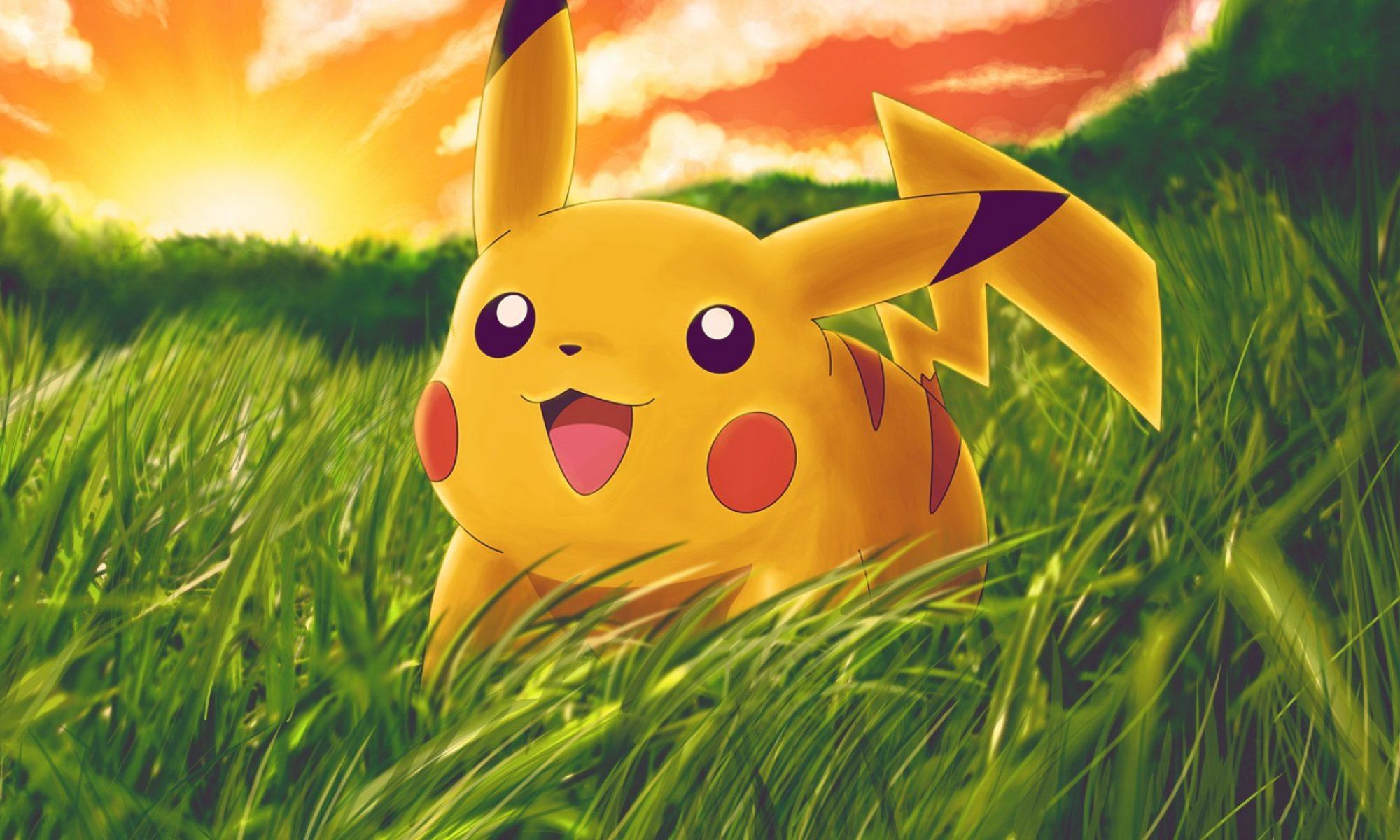By Matt
Fling is some sort of strange move that earned its own section in Serebii. It is quite unique, and is a very dangerous move to utilize as well. I refer to this as the Evil Move, because when using Metronome while EV training, I lost this item and didn’t realize that I lost it for quite a while. What Fling does is launch the user’s held item at the target, inflicting damage based on the item flung. Each hold item does damage, the power is decided by the kind of item. Items such as Berries have a base power of 10, while heavy items, like the Iron Ball, do 130 damage. However, that item will be gone forever if you use Fling, but if you have Recycle, you can get it back (as long as the battle has not ended).
Fling is a Dark-type move, and is not affected by type matchups. If you have a Dark-type Pokemon, you can get Same Type Attack Bonus, giving it a maximum power of 195 if you Fling the Iron Ball, which is almost as much power as Self destruct or Explosion. Some abilities known to affect Fling is Klutz, a Hidden Ability which prevents all items from being held, with the exception of EXP items like the Macho Brace or EXP Share. Pick Up can prove helpful, because periodically, your Pokemon will find random hold items. It is a good idea to see which item it has before you Fling it, though; you will never know what you may find. Some items have secondary effects, like the Flame Orb, which causes the target to become Burned. The Light Ball, a very rare item found on Pikachu, has a base power of 30, but causes paralysis. Berries that would cure a problem with one of your Pokemon would heal the target’s Pokemon when Flung. Still, with these items at risk of being lost, I would not want to take any more chances. Some moves that need care to navigate around are similar to Knock Off, Thief, etc. These moves do something to your Pokemon’s hold item, like steal it or make it unable to be used.
Continue reading “Pokemon Fling Move”
